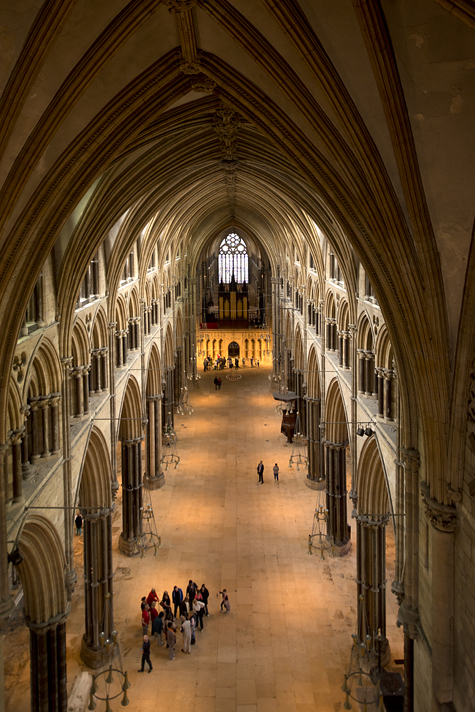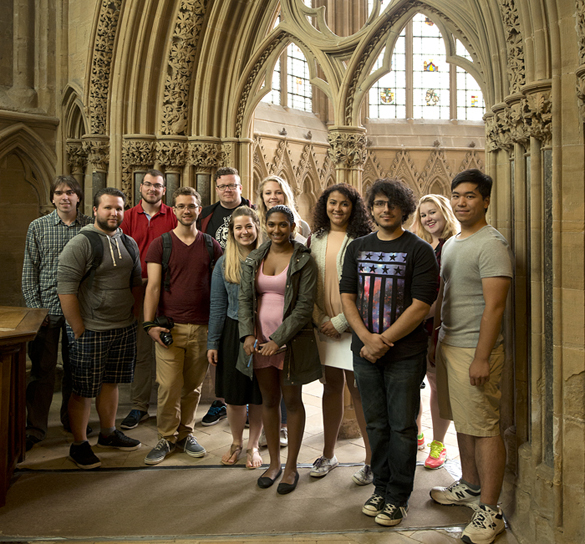English Gothic Live
For three weeks in July and August, I shared an unforgettable experience called English Gothic Live (or, more pedantically, ARTH 3701: Art and Architecture on Site) with a dozen Carleton students. It was a course I had dreamt of teaching for years: a survey of the full range of English medieval and medievalist architecture from the 9th to the 19th centuries, done with site visits to the buildings themselves rather than in a classroom.


I can’t even begin to summarize the adventures we had as we visited cathedrals, castles, parish churches, guildhalls and houses from our base at the University of Warwick. Instead, I’ll let the students do that themselves, over the course of the next several weeks. I’ll just get things started with a personal reflection that encapsulates what made the course particularly special for me.

One of our visits was to Southwell Minster, a large church in a small town in Nottinghamshire that was built over the 12th, 13th and 14th centuries. I have a long history with Southwell. It was the subject of my MA thesis, as well as several of my first scholarly conference papers and publications. This was the building that really got me started as an academic – the place where I started producing scholarship, rather than just consuming it.
It occurred to me that most of the students in English Gothic Live were born right around the time I was doing my MA research in Southwell. If someone had predicted at the time that a group of people just being born would one day become my students, and that I would eventually return to Southwell with them and show them this magnificent building, I’d have said “No way – it’s a lovely thought, but I’m not that lucky.”
It turns out I am.
Over the coming weeks, we’ll post some of the students’ own blogs from the course. You can also find more pictures and (brief) comments by going to Twitter and searching the handle @English_Gothic and the hashtag #gothiclive16.
More people than I can thank here worked to make this course possible, but three in particular must be acknowledged both for their vision and their generosity: SSAC Director Brian Foss, (former) FASS Interim Dean Catherine Khordoc, and (former) FASS Dean John Osborne. Without them, English Gothic Live would never have made the leap from fond dream to treasured memory.
Peter Coffman
peter.coffman@carleton.ca